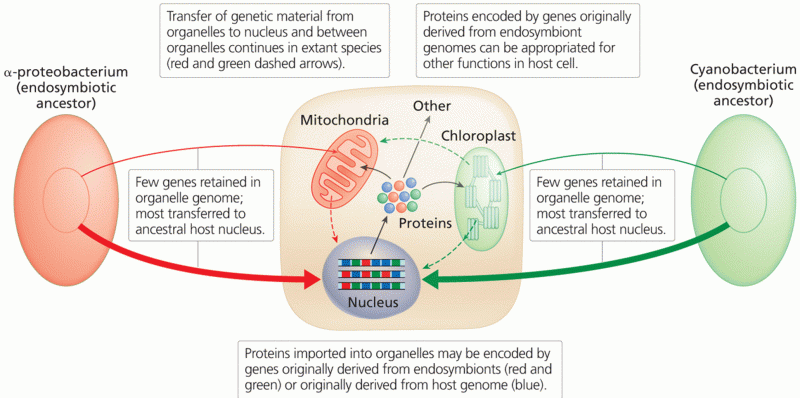Answer to Question 1
Ans: D
Feedback:
In many people who have latent TB infection, the Mycobacterium tuberculosis bacteria remain inactive for a lifetime without causing active TB disease. But in other people, especially those who have weak immune systems, the bacteria become active and cause TB disease. Working two jobs, vacationing in South America, and cooking food would not put one with a latent TB infection at greater risk for contracting active TB disease.
Answer to Question 2
Ans: D
Feedback:
The H5N1 virus can improve its transmissibility among humans by two mechanisms. The first is antigenic shift, a reassortment event, in which genetic material is exchanged between human and avian viruses during coinfection of a human or an animal such as a pig. Reassortment could result in a fully transmissible pandemic virus, which could rapidly spread throughout the world. The second mechanism is a more gradual process of antigenic drift, an adaptive mutation, whereby the capability of the virus to bind to human cells increases during subsequent infections of humans. Nearly all of the human infections with H5N1, which are the largest documented since its emergence in humans in 1997, were a result of people having direct or close contact with infected poultry or contaminated surfaces, but not a result of consuming chicken. An increase in incidence of autoimmune diseases, which involve one's own immune system attacking the body, is not related to the spread of avian influenza and would not lead to a pandemic. The avian flu is already transmitted primarily in a zoonotic manner, so any shift in transmission would be to human-to-human transmission, which would be more likely to cause a pandemic than zoonotic transmission.







